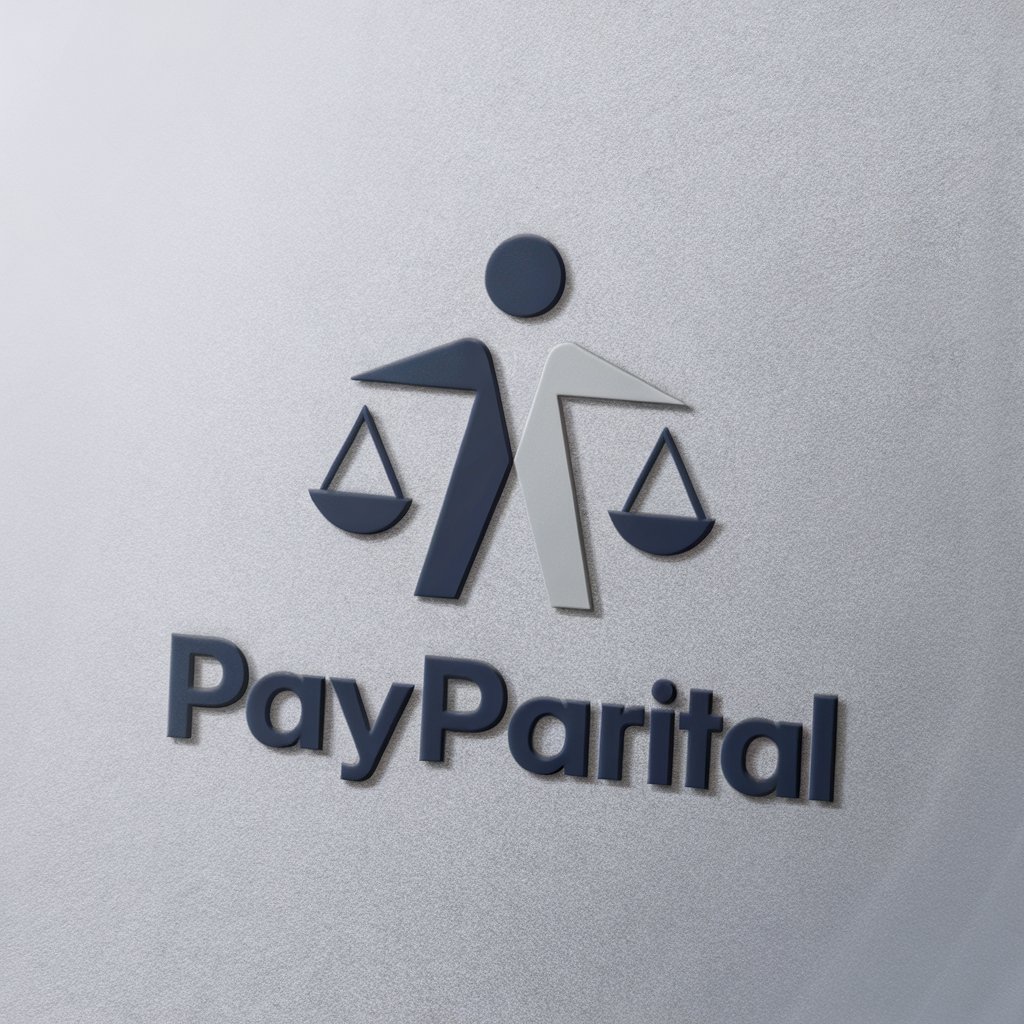PayParity - Salary Analysis Tool

Welcome to PayParity! Let's evaluate your salary together.
Empowering salary transparency with AI
I am a software engineer with 5 years of experience. My current salary is...
As a marketing manager with 10 years in the field, I earn...
I work as a data analyst with 3 years of experience and my salary is...
With 15 years as a senior project manager, my current pay is...
Get Embed Code
Understanding PayParity
PayParity is designed as a specialized tool with the primary goal of evaluating and offering insights into individuals' salary levels compared to the market standards. It leverages current market data to analyze users' job titles, experience levels, and current salaries to render one of three possible verdicts: 'Underpaid', 'Paid Fairly', or 'Above Market Rate'. For example, a software engineer with 5 years of experience earning $80,000 in a region where the market range is $75,000-$100,000 might be deemed 'Paid Fairly'. Conversely, if the same individual was earning $65,000, PayParity might classify them as 'Underpaid'. This system ensures that users receive tailored, actionable insights into their compensation, helping them make informed decisions regarding their career and salary negotiations. Powered by ChatGPT-4o。

Core Functions of PayParity
Salary Evaluation
Example
An individual working as a project manager with 7 years of experience and a current salary of $90,000 would input this information, and PayParity would assess their compensation against market data for similar roles and experience levels.
Scenario
In a scenario where the typical salary range for such a position in their location is $85,000 to $110,000, PayParity might determine they are 'Paid Fairly'. This empowers the individual with data-backed evidence during performance reviews or job negotiations.
Market Insight Provision
Example
PayParity provides users with an understanding of the typical salary ranges for their roles, taking into account factors like experience, geographic location, and industry standards.
Scenario
For example, a graphic designer in the early stages of their career might use PayParity to understand what salary range they can expect as they gain more experience, helping them to set career goals and expectations.
Negotiation Preparation
Example
By understanding where their current compensation lies within the market range, users can better prepare for salary negotiations.
Scenario
A software developer deemed 'Underpaid' by PayParity would be armed with concrete data to advocate for a salary increase, either with their current employer or when considering new job offers.
Who Benefits from PayParity?
Job Seekers
Individuals looking for new opportunities can use PayParity to ensure they are entering negotiations with realistic salary expectations, based on current market data for their field and level of experience.
Career Advancers
Professionals aiming for promotions or career shifts within their current organization or in a new one can leverage PayParity's insights to understand if their expected salary aligns with market standards, ensuring they're aiming for fair compensation in their new roles.
Salary Negotiators
Employees preparing for performance reviews or salary negotiations can use PayParity to benchmark their current compensation against the market, equipping them with data to support their case for a salary increase.

How to Use PayParity
1
Access the tool for free at yeschat.ai, with no need for a ChatGPT Plus subscription or even to log in.
2
Input your current job title, years of experience, and current salary to begin the analysis.
3
Review the market data and salary ranges provided to understand the context of your current compensation.
4
Receive a verdict of 'Underpaid', 'Paid Fairly', or 'Above Market Rate' based on the comparison with market standards.
5
Use the insights provided to negotiate your salary or seek new opportunities that match your market value.
Try other advanced and practical GPTs
Bio Explainer
Deciphering Biology with AI Power

Code Commenter
Illuminate Your Code with AI-Powered Comments
Modify & Review your code (Chinese)
AI-powered coding assistant for precise code reviews and modifications.

Movify
Turn Your Life into a Blockbuster Poster

Moodify
AI-Powered Personalized Playlists

Style Savvy
Tailoring your style with AI expertise.

Special Education Teachers Assistant
Empowering Educators with AI

AI EduGuide
Empowering Education with AI Integration

Education Administrators, All Other Assistant
Streamlining Educational Leadership with AI

Special Ed Teachers, Middle School Assistant
Empowering Special Ed Teachers with AI

Success Skills Helper
Enhancing Skills through AI Interaction

电商米面粮油调味专家
Crafting Delicious Descriptions with AI

Common Questions About PayParity
What kind of data does PayParity use for analysis?
PayParity uses comprehensive market salary data from various industries, incorporating factors like job title, experience, and location to ensure an accurate assessment.
Can PayParity help with salary negotiations?
Yes, by providing evidence of market salary ranges, PayParity empowers individuals with the information needed to confidently negotiate fair compensation.
How frequently is the salary data updated in PayParity?
The data in PayParity is updated regularly to reflect the latest market trends and salary information.
Is PayParity suitable for use in all industries?
While PayParity covers a wide range of industries, its effectiveness depends on the availability and accuracy of market salary data for each specific industry.
Can PayParity predict future salary trends?
PayParity provides current market rates and trends, but it does not predict future salaries as these depend on various evolving market factors.
